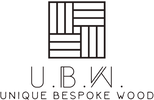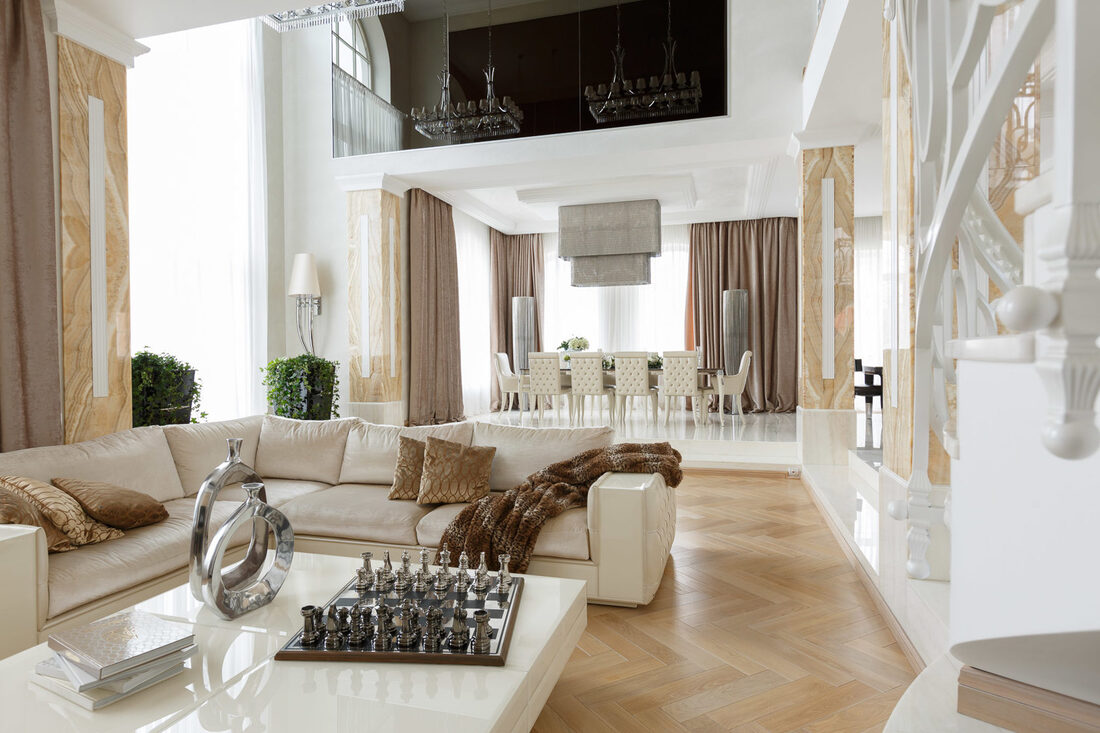|
It's almost impossible to think of English interior design with out picturing the timeless beauty of re-discovered Victorian-era hardwood flooring—or perhaps even the iconic boards trodden by the actors that have long done justice to Shakespeare's plays at the Globe theatre in London! While it's true that wood flooring in England has a long and fascinating history, the journey from the most rustic of hand sawn timber planks of yesteryear through to the introduction of parquet flooring in England—and then on to the sophisticated and diverse aesthetics that we enjoy today—is perhaps not as linear as you might expect. Here, we will trace the fascinating ascension of wood as England's favourite form of flooring. I wonder, will you be surprised? The Humble Beginnings of Wood Flooring In England If we were to hop into a time machine and zoom back half a millennia, we'd find that English floors—and indeed those across the rest of Europe—were largely comprised of compacted dirt. Years of people and animals co-habiting upon earthen floors could polish such surfaces to a concrete-like finish. Although, these dirt floors were less than fragrant, so it was customary to scatter the floor with mint which would release a concealing fragrance when trodden underfoot! Wealthier homeowners might have enjoyed the decadence of a flagstone floor, and perhaps, within the odd two-storey structure, a rough wooden floor might have been found. However, it was not until the Baroque era arrived in the 1600s that wood floors began to gain popularity across Europe. At this juncture in history, wood floors in England would have needed to be hand split and scraped to produce planks suitable for flooring. The resulting variety of widths and thicknesses would have meant that creating a relatively flat surface was a time-consuming and costly undertaking indeed. The Arrival of Parquet Flooring In England As the earthen floors across England were gradually beginning to be replaced with rustic wooden floors on joists, the English aristocracy were embracing the latest trend to travel across from France—the finest of parquetry, à la Versailles! Such artistic installations called for the most skilled artisanal carpenters, so the herringbone parquet wood flooring England pined for was still only accessible to society's most elevated elite. In the time that spanned between the popularisation of wood flooring in England and the dawn of the industrial revolution, coveted hardwood unsurprisingly became scarcer and harder to acquire. Softwood floors presented a viable—all be it less robust—alternative, although the elegant aesthetic that only hardwood could offer was the ultimate prize. Homeowners began staining their pine floors in an effort to mimic the look of the hardwoods they desired. Queen Victoria's Wood Flooring Legacy As the end of the 18th Century approached, the industrial revolution began to gain momentum in England, bringing with it machinery that could plane timber as never before. With the arrival of the Victorian era, steam engines made timber processing even more efficient, and tongue-and-groove boards were first invented. With industry, Queen Victoria's campaign of building housing for workers meant the inception of the extraordinary legacy of Victorian homes—complete with wooden floors—that many of us hanker after today. Parquet flooring in England became freshly available to the middle class, and those who were able to increasingly chose decadent herringbone or chevron parquet flooring for their hallways and spaces for entertaining. Hardwood Flooring Enters Partial Hibernation in the 20th CenturyIn the England of the roaring 20s, alternative flooring products began to emerge such as the early patterned linoleums that are now so widely considered overly kitch. Meanwhile, finishing products for wood flooring were improving making them even more resilient. After Word War II, many a hardwood floor in England was sadly lost under carpet, which temporarily became the aesthetic of choice.www.ubwood.co.uk
Sadly, this trend meant that many new builds were fitted with softwood or even plywood floors—leaving contemporary homeowners to contemplate installing hardwood flooring today! Happily, as the new Millennium approached, wood flooring and parquet flooring were embraced once more. The new era of beautifully finished timber floors brought with it the benefit of exceptional technical advancements—in terms of how hardwood is processed, installed, and finished, within modern interior design. The Contemporary Era of Wood Flooring in England Today, the wide plank or herringbone parquet wood flooring England demands are more exquisite and diverse than ever, and created with longevity in mind. Consider how many proud homeowners have recovered the forgotten treasures of original Victorian wood flooring within their homes. One has to wonder who will be enjoying the hardwood floors that are crafted today in the years yet to come! The arrival of engineered wood flooring in England has also opened a new door of opportunity within interior design. Floated floors and underfloor heating make design possibilities more versatile than ever. Whatever style of hardwood floor is selected, a dizzying array of forms and finishes await discovery. There can be no doubt—today, the floor you imagine is surely within reach. If you'd like to know more, contact the Unique Bespoke Wood team!
0 Comments
Leave a Reply. |
- Home
-
Collections
- Timeless - Engineered Wood Flooring
- Solid Wood Flooring
- Chevron Parquet Flooring
- Parquet
- Wide Plank Wood Floor
- Live Edge Wood Flooring
- Engineered Ash Wood Floor
- Engineered Walnut Wood Floor
- Textured Wood Flooring
- Versailles Parquet
- Parquet Panels
- Mansion Weave Parquet
- Antique Wood Flooring
- Wood Cladding
- Charred Wood
- Wood For Stairs
- Unfinished Wood Flooring >
- Bespoke Wood Floor
- Services
- Information
- Room Ideas
- BLOG
- Contact
- FAQ
- Trade Program
|
|
|
UNIQUE BESPOKE WOOD
74/76 MONTROSE TERRACE, EDINBURGH, EH7 5DP
UNITED KIGDOM
[email protected] / 01316529873
74/76 MONTROSE TERRACE, EDINBURGH, EH7 5DP
UNITED KIGDOM
[email protected] / 01316529873
FOLLOW US ON SOCIAL MEDIA
© COPYRIGHT 2022. ALL RIGHTS RESERVED.





 RSS Feed
RSS Feed